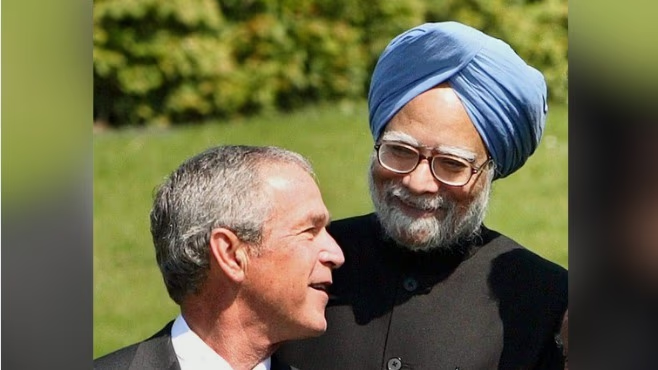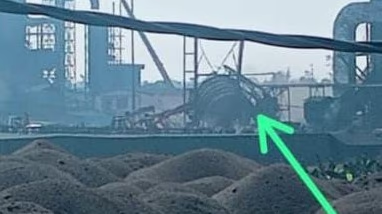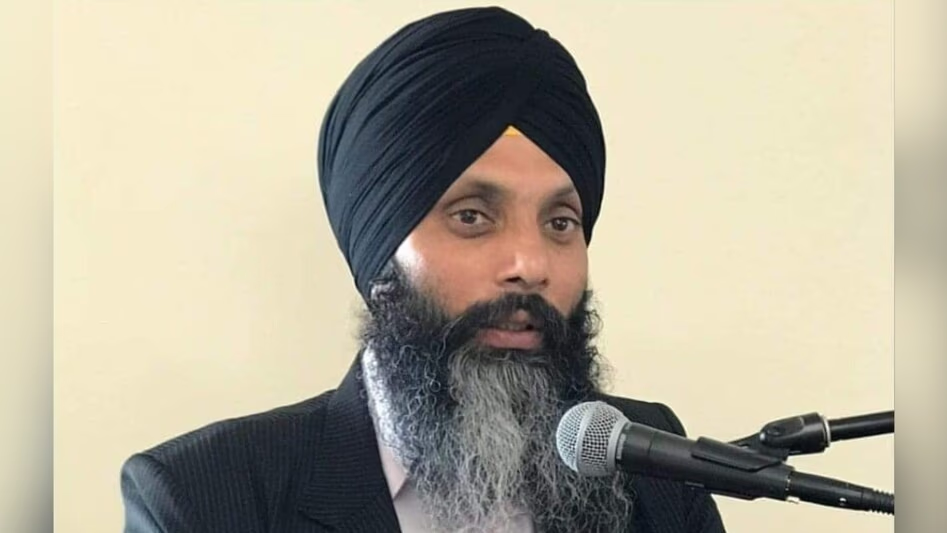India's former Prime Minister Dr. Manmohan Singh passed away at the age of 92. Known as a serene, gentle, humble, and simple personality, he served as the Prime Minister for ten years braving numerous criticisms. However, he also made bold decisions that left an indelible mark, one of which was the India-U.S. nuclear deal. But before discussing this deal, it's essential to know the story from July 18th, 2005, the night that showcased Manmohan Singh's boldness to the world.
After India's first nuclear test in Pokhran, Rajasthan, in 1974, tensions simmered in its relations with the U.S. However, when Manmohan Singh became the Prime Minister in May 2004, he sought to mend ties with the U.S. In July 2005, Singh visited the U.S. While Singh played a significant role, it was also Condoleezza Rice who was pivotal in finalizing the deal. Rice had taken charge as the U.S. Secretary of State in January 2005 and prioritised the nuclear deal with India, visiting India herself in March to meet Prime Minister Singh and Foreign Minister Natwar Singh, confidently expressing President Bush's optimism about the deal.
After months of deliberation, Dr. Manmohan Singh
on July 17, 2005
, headed to the U.S. with a high-level delegation. Despite facing potential objections from the Atomic Energy Commission (AEC), he included its chairman Anil Kakodkar in his delegation.
Yet, the left parties were not at ease, fearing the deal might compromise India's independent foreign policy and invite an American footprint on its sovereignty. They viewed it as a trap laid by America to bind India militarily and strategically.
Natwar Singh Was Sent a Day Early to America...
Sonia Gandhi's reservations, due to her wish to maintain good relations with the left parties for the UPA government's stability, added to Singh's concerns. Singh's decisive choices included sending Foreign Minister Natwar Singh to America a day earlier to draft the agreement. His trust lay in Natwar Singh, who was also a confidant of Sonia Gandhi, to bring her on board.
In Washington D.C., upon arrival, Singh convened a meeting with his delegation at Blair House to discuss the deal's draft. Foreign Secretary Shyam Saran, who had been in the U.S. preparing for this meeting, was also present. While most members felt it was time to finalize the deal, a few feared it could place India under undue U.S. influence.
Anil Kakodkar noted that America wanted all Indian nuclear reactors under International Atomic Energy Agency (IAEA) supervision, which was unacceptable to India. Shyam Saran recounted Singh's concern over the left parties' anger, hinting at his hesitation in convincing them.
In light of growing concerns, Singh once considered withdrawing from the deal. However, after a series of marathon meetings at Blair House, Singh was resolute about his next move, informing Nicholas Burns, who then briefed President Bush and Condoleezza Rice. Rice convinced Bush to keep the negotiations open, assuring that Singh wouldn't let the deal falter.
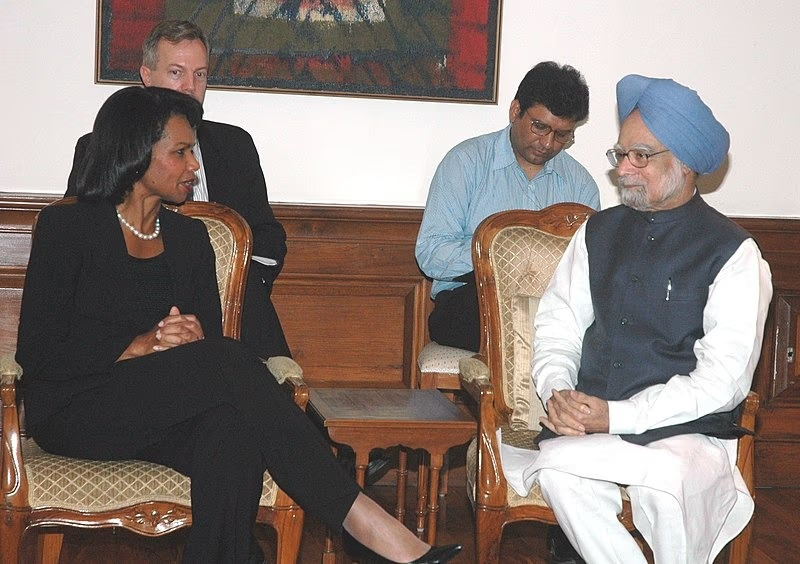
Source: aajtak
Amidst this uncertainty, on the night of
July 18
at the Willard Hotel, Natwar Singh's phone rang, waking him up. On the call was Condoleezza Rice, expressing her desire to meet him. Surprised by this late-night call, Singh agreed to meet, anticipating discussions on the draft agreement.
Years later, Condoleezza Rice recounted the event in her book
No Higher Honour
, revealing that
by 4:30 a.m. on July 18
, she resolved to save the deal. She contacted Nicholas Burns, informing him she wouldn't let it fail and requested a meeting with Prime Minister Singh. When Singh declined, she insisted on speaking with Natwar Singh, ensuring progress.
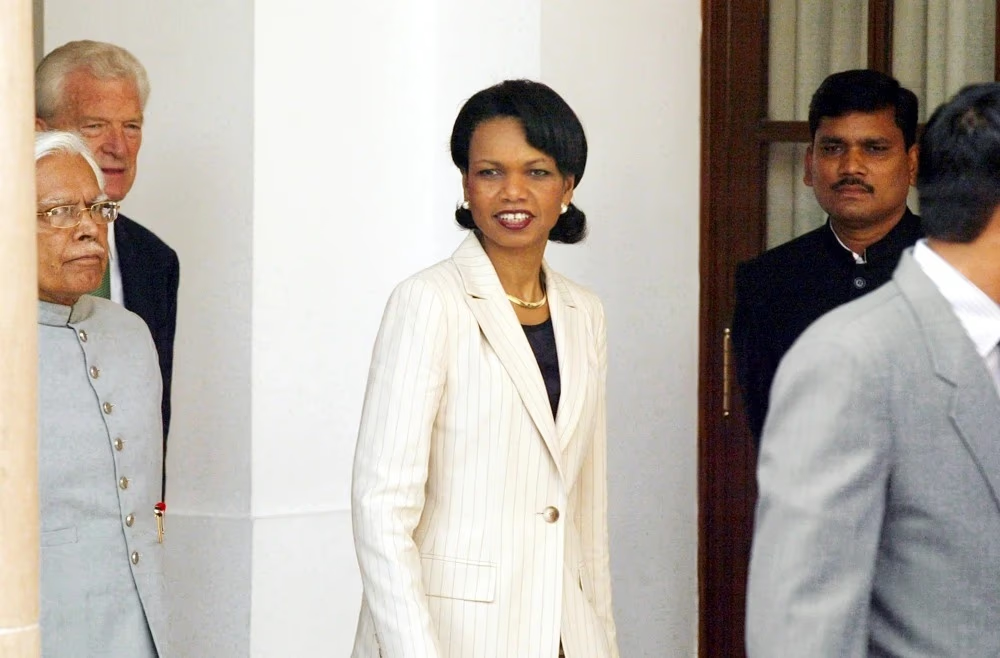
Source: aajtak
Early morning, Rice arrived at Natwar Singh's hotel. Singh, still in his dressing gown, was asked why Singh refused to meet her. Singh explained that it wasn't a 'no' from him but further negotiation was necessary. Rice urged him to reconsider, wanting to save the deal, insisting Singh to meet her again.
Natwar discussed with Singh, who agreed to meet Rice at Blair House by 8 a.m. In this crucial meeting, Rice asked Singh about the specific issues, proposing solutions to overcome the challenges for a historic partnership between the two nations. Singh, convinced by her determination, renewed the negotiations, before Rice informed Bush of the green light for the agreement.
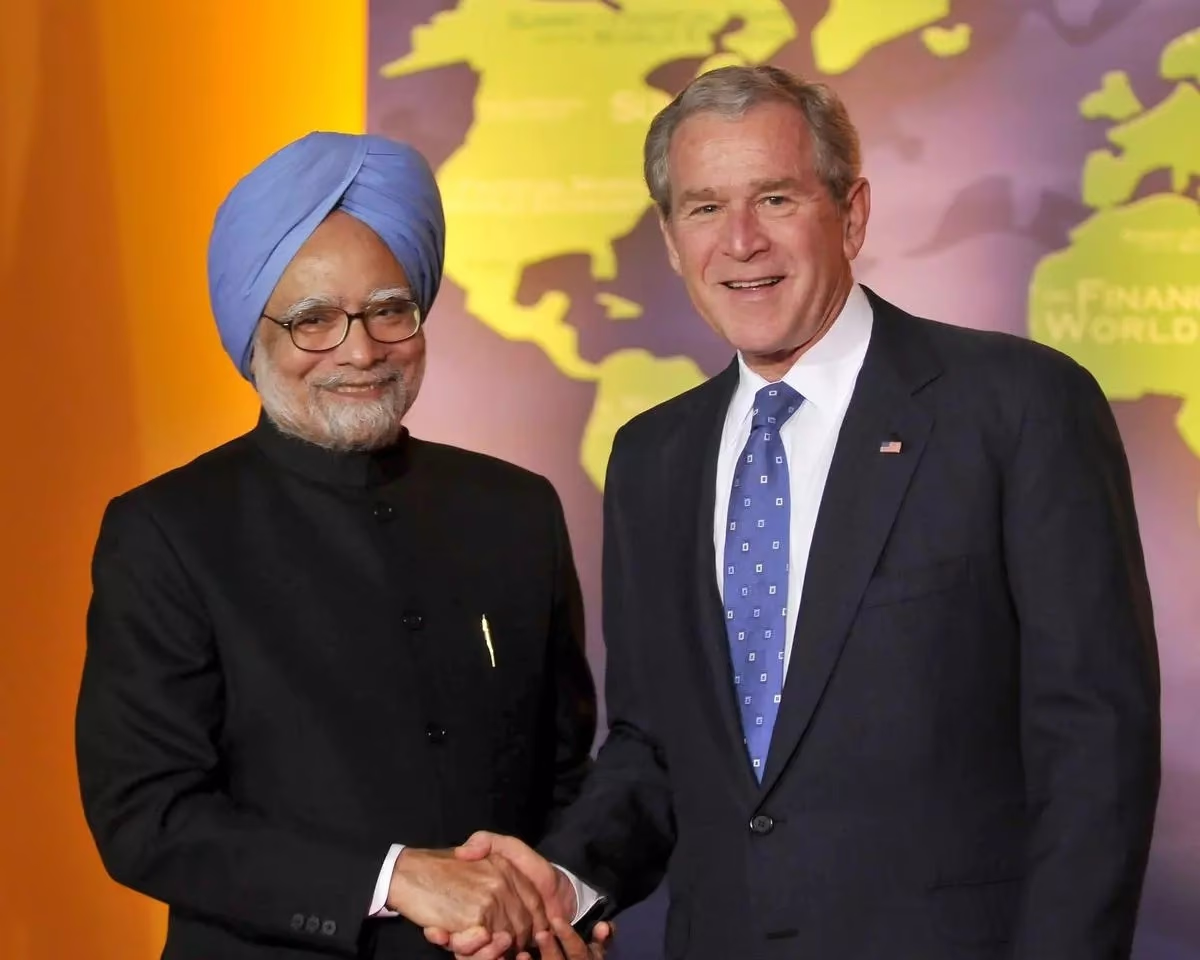
Source: aajtak
As per schedule, Singh met President Bush at the Oval Office at 10 a.m. While the meeting occurred inside, Natwar Singh, Prithviraj Chavan, M.K. Narayanan, and Rice waited outside. When Singh and Bush exited the meeting smiling, Natwar Singh sensed success and said,
